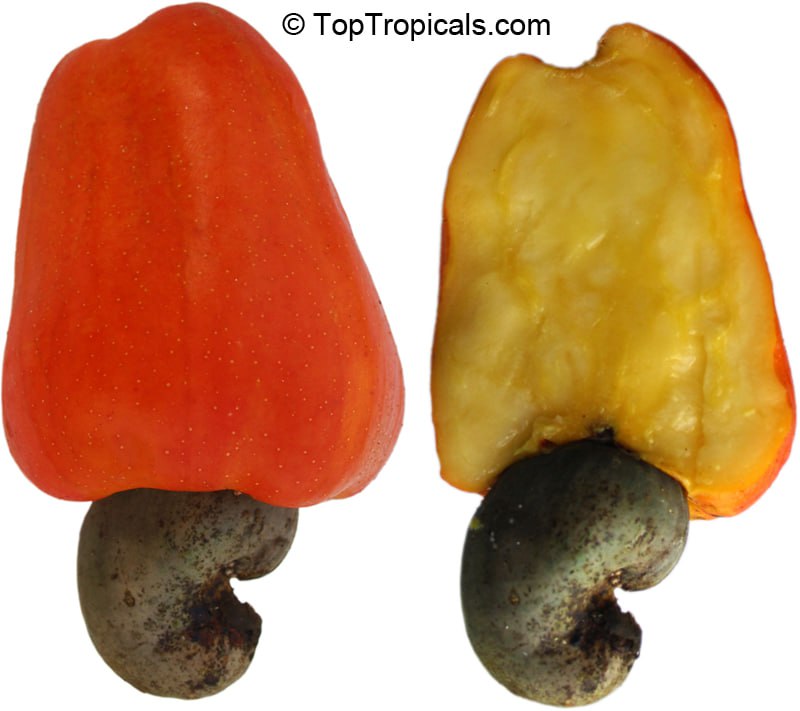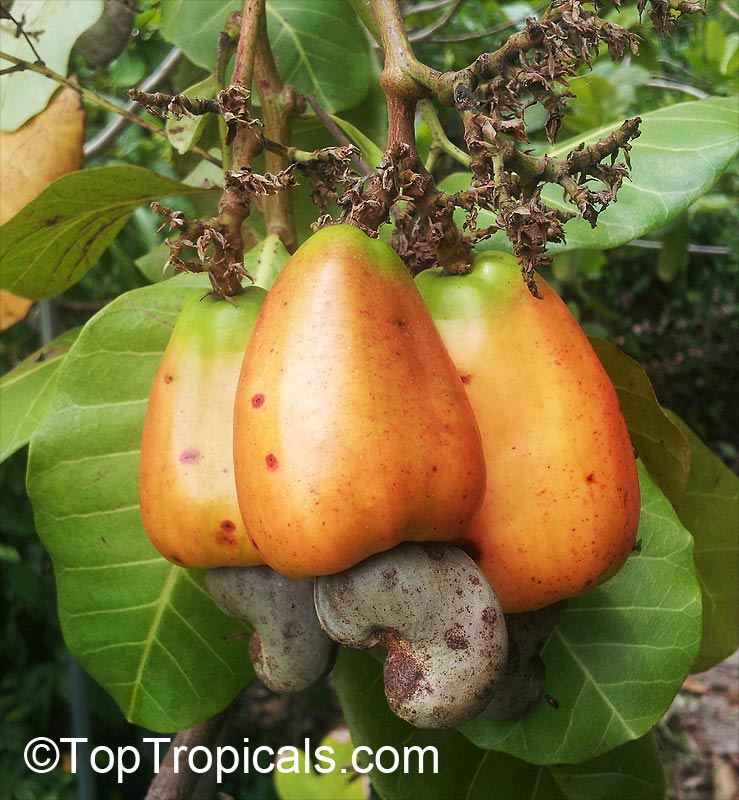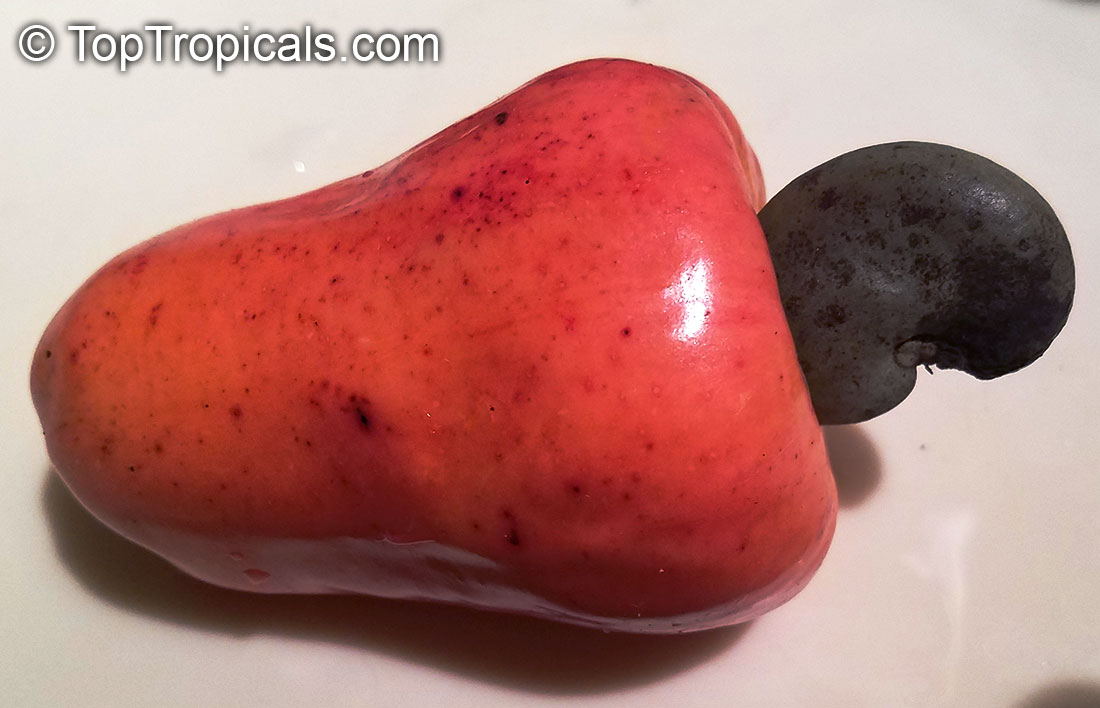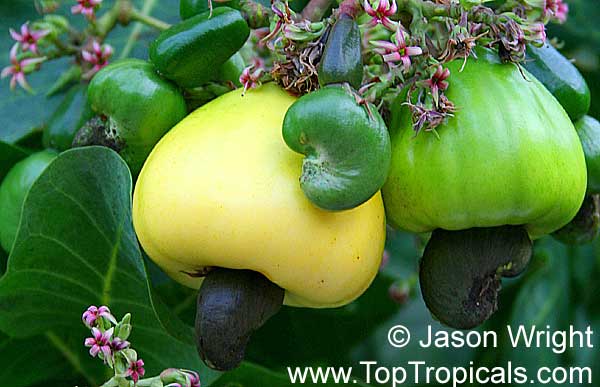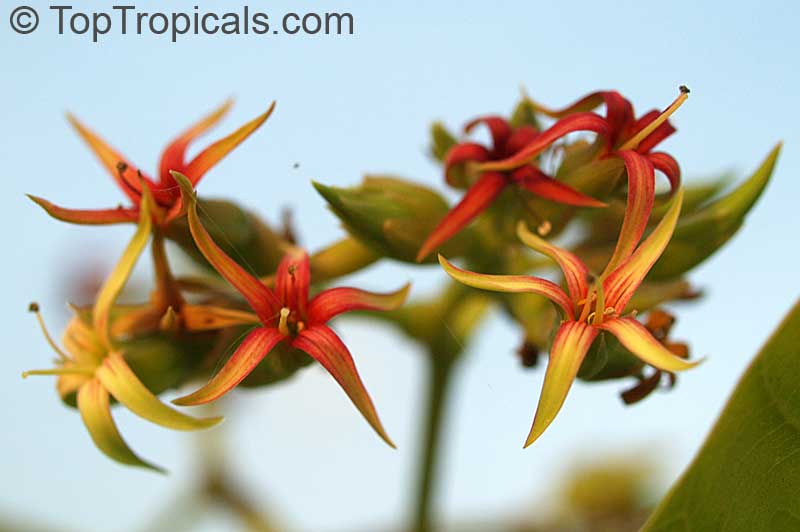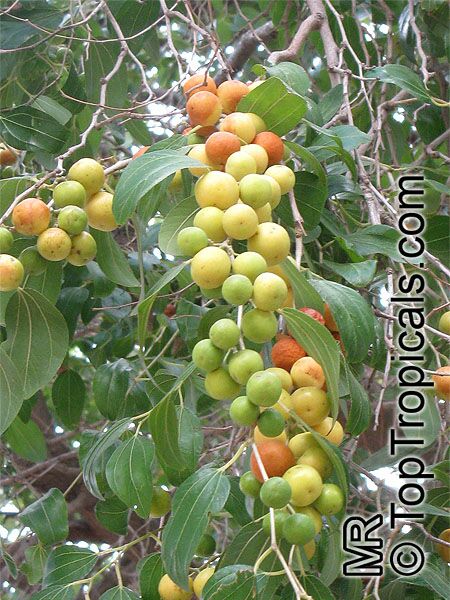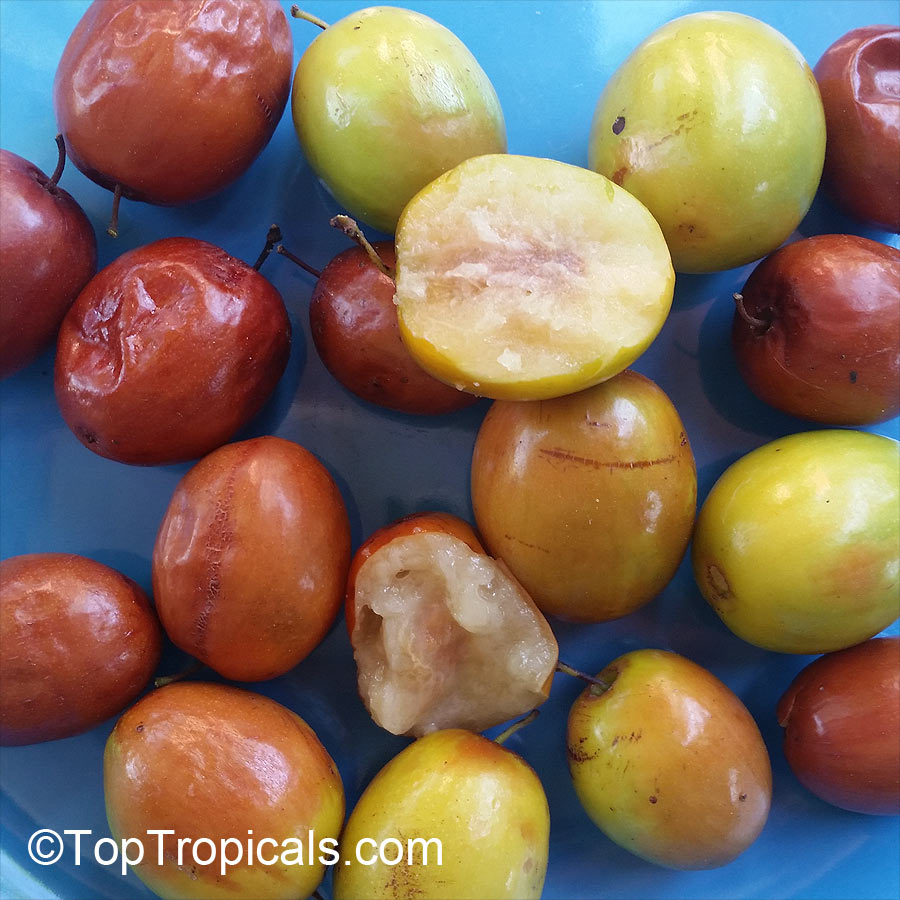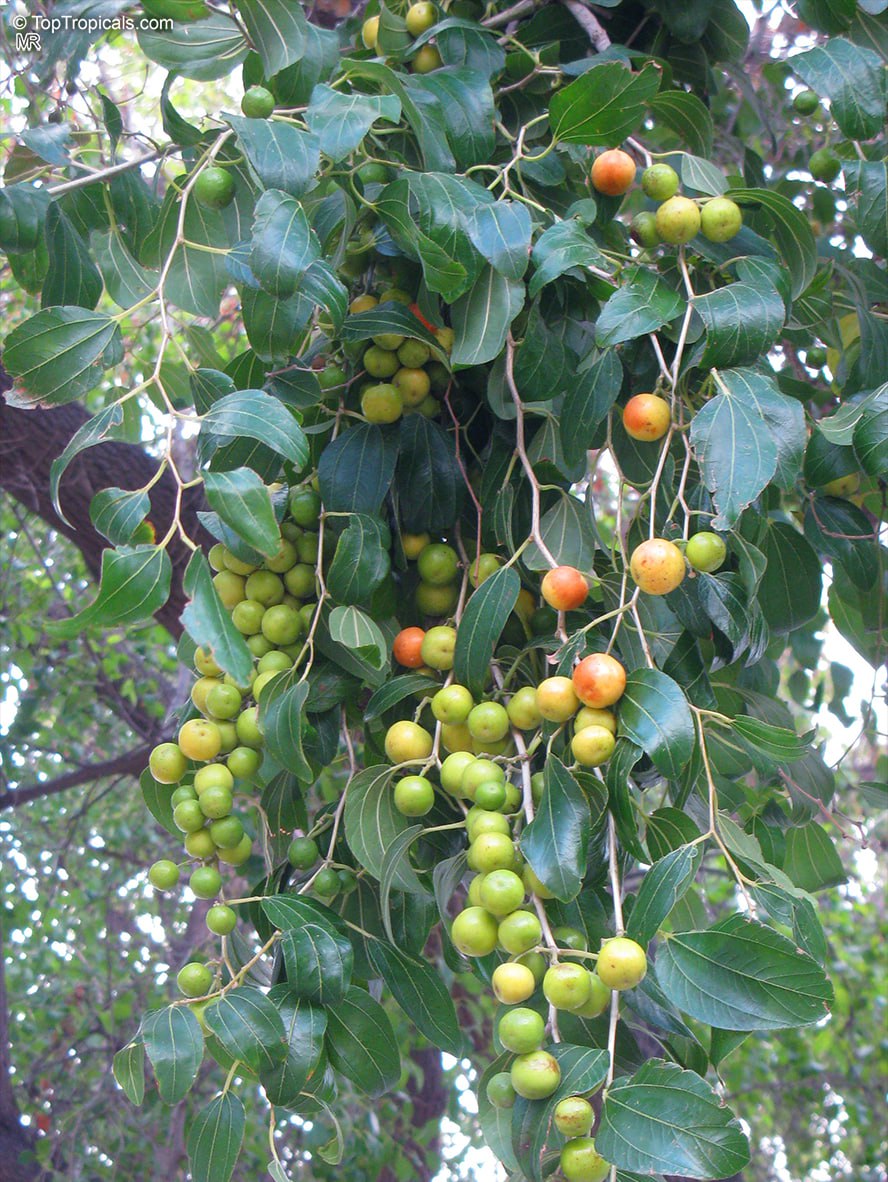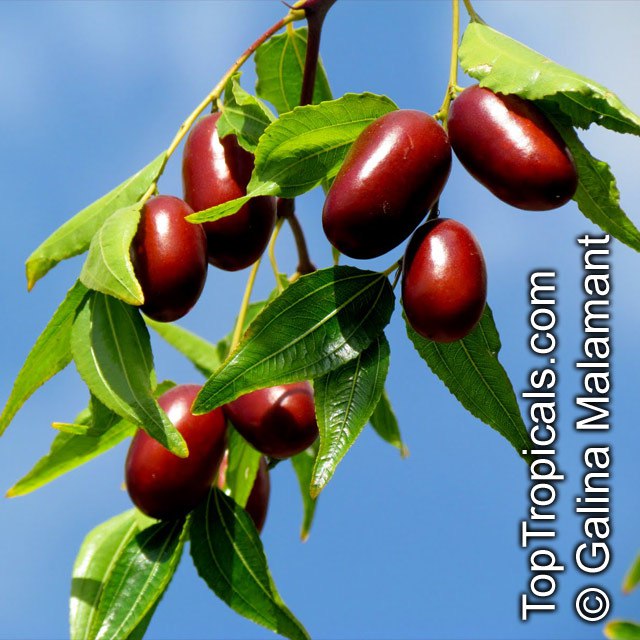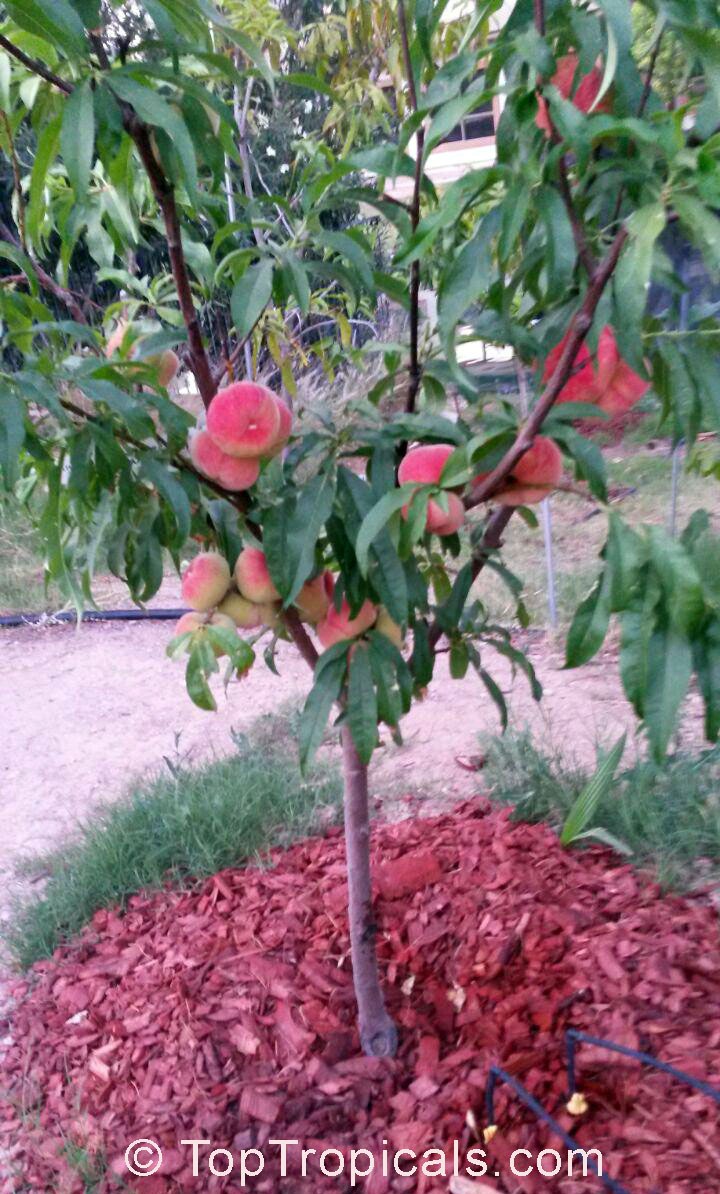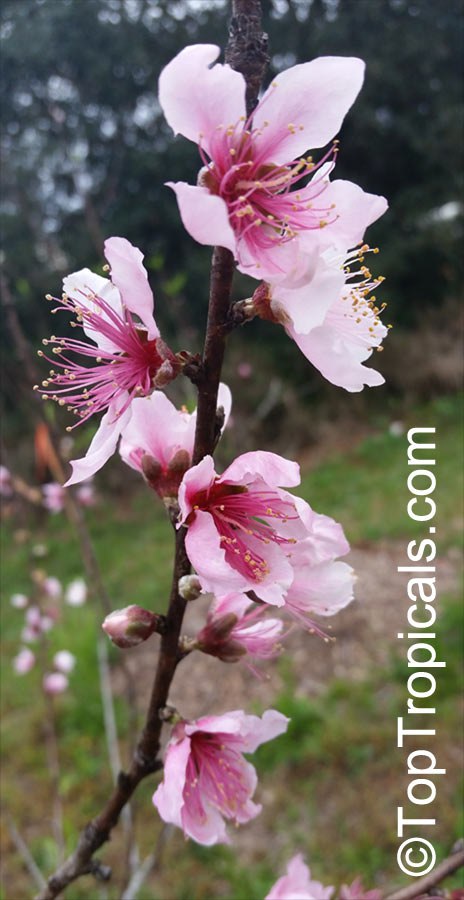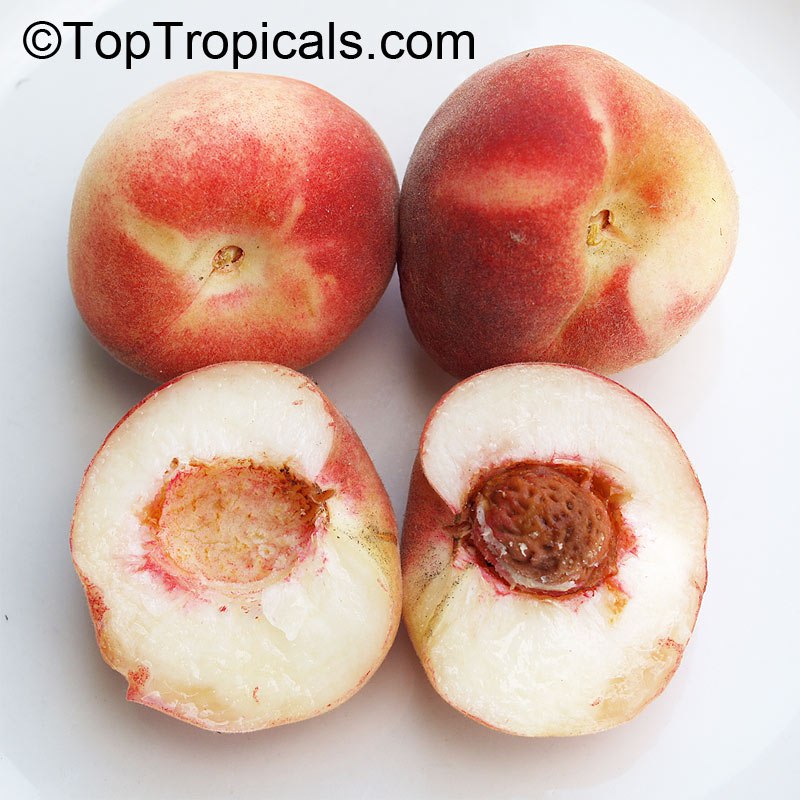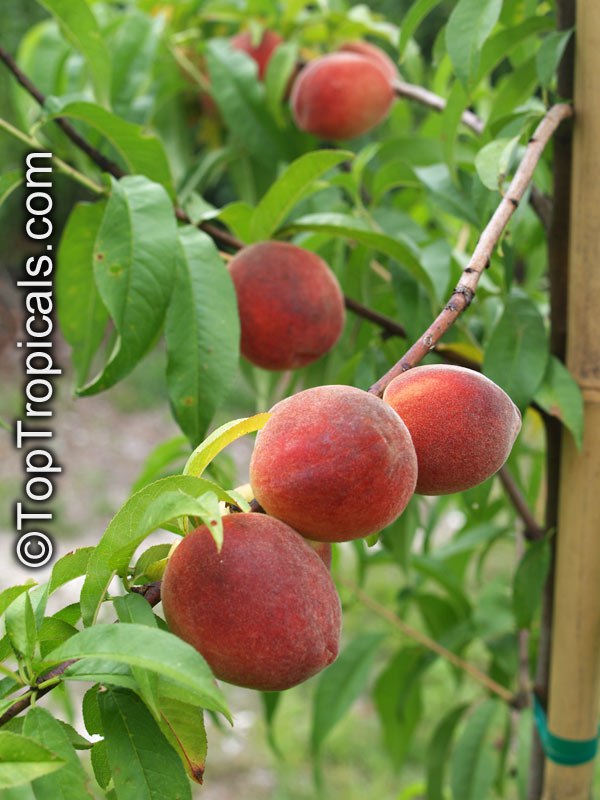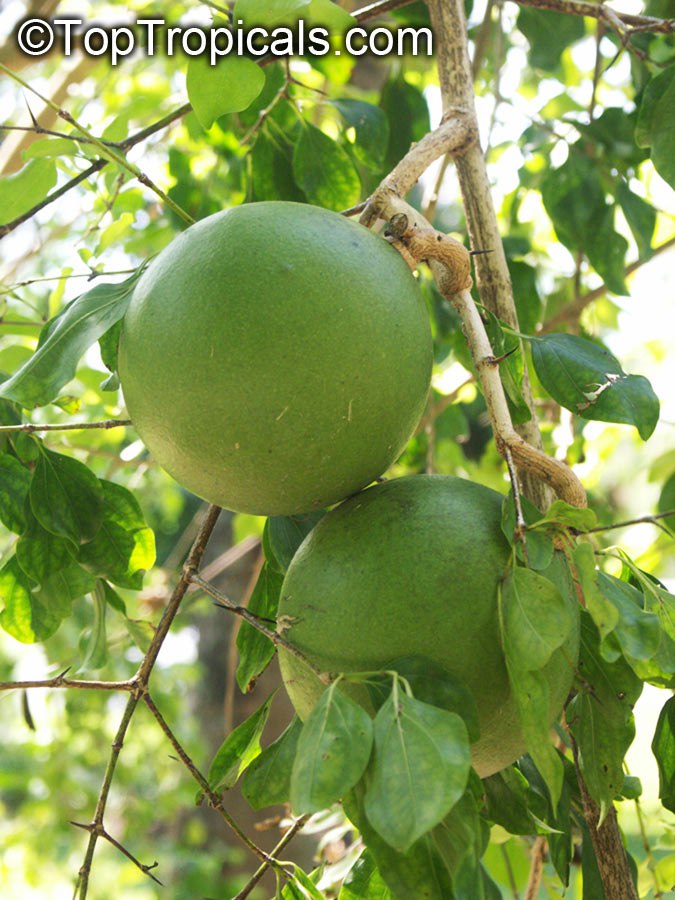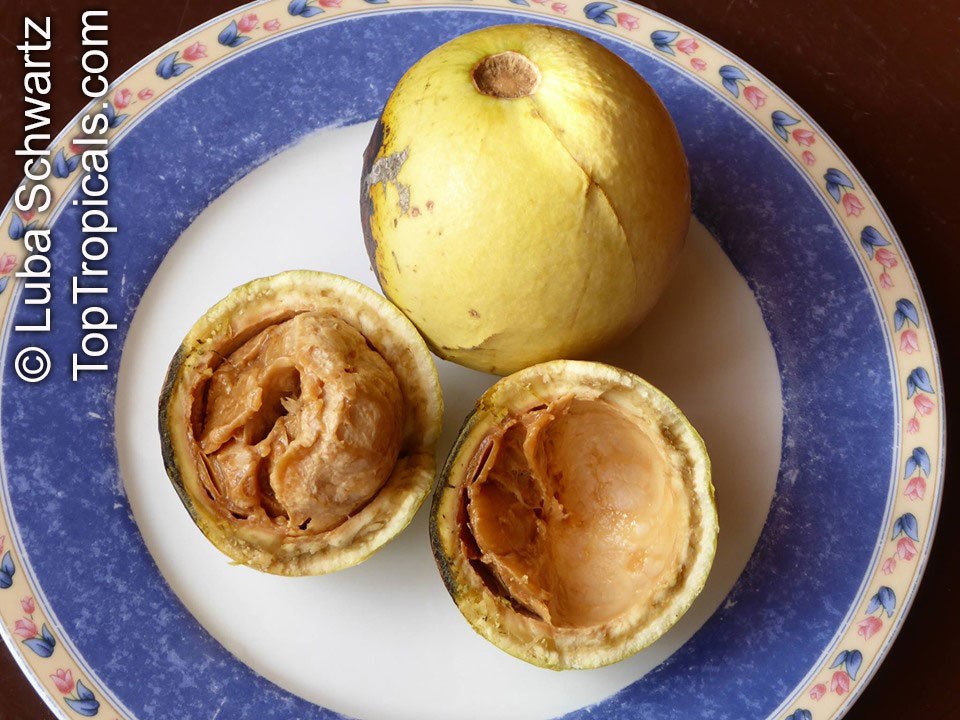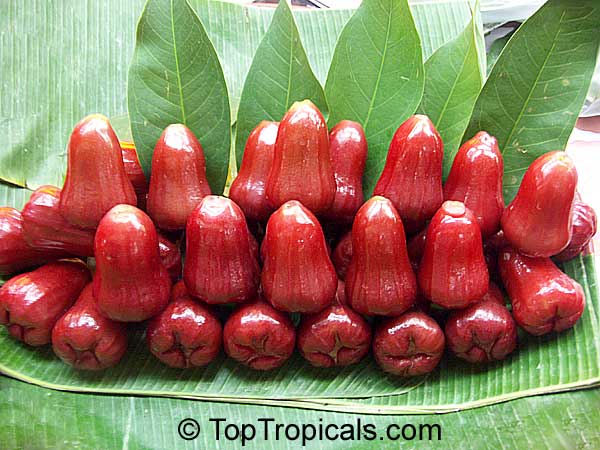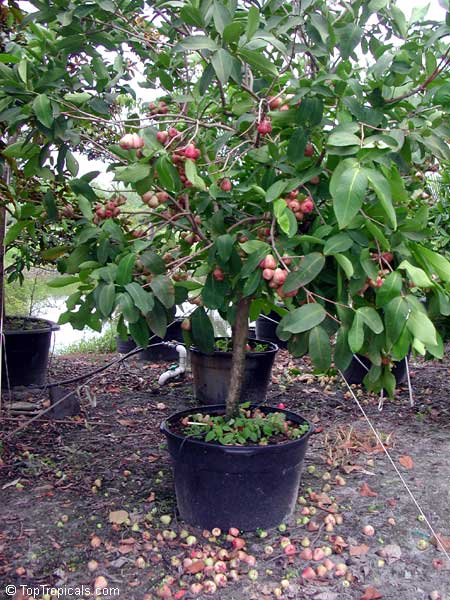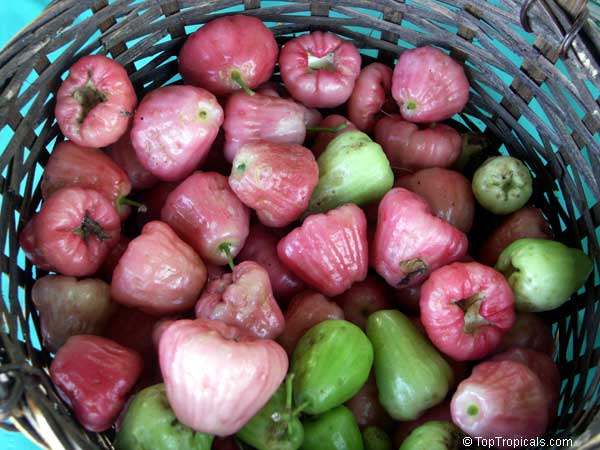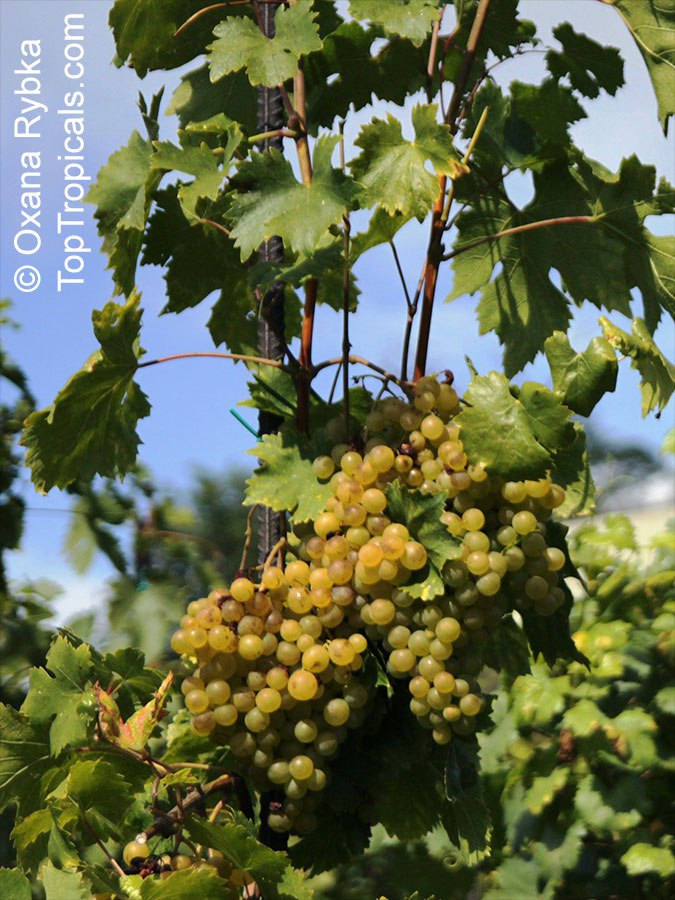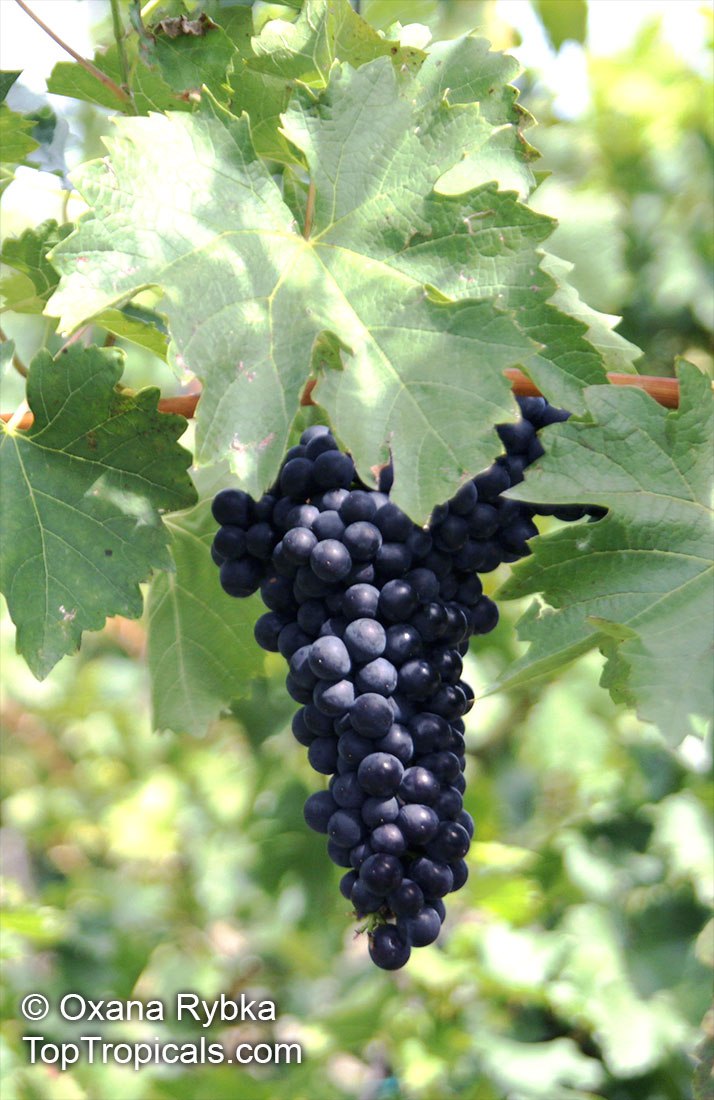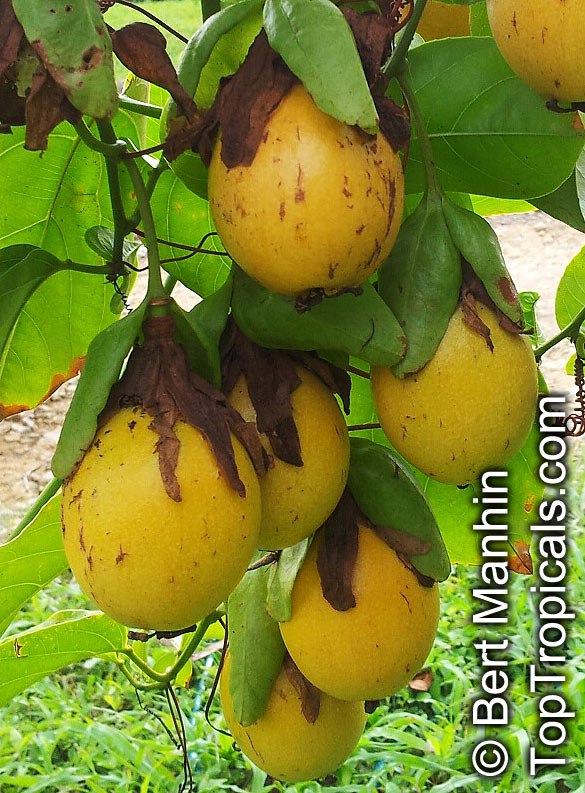
Passiflora nitida, Bell Apple, Water Lemon fruit
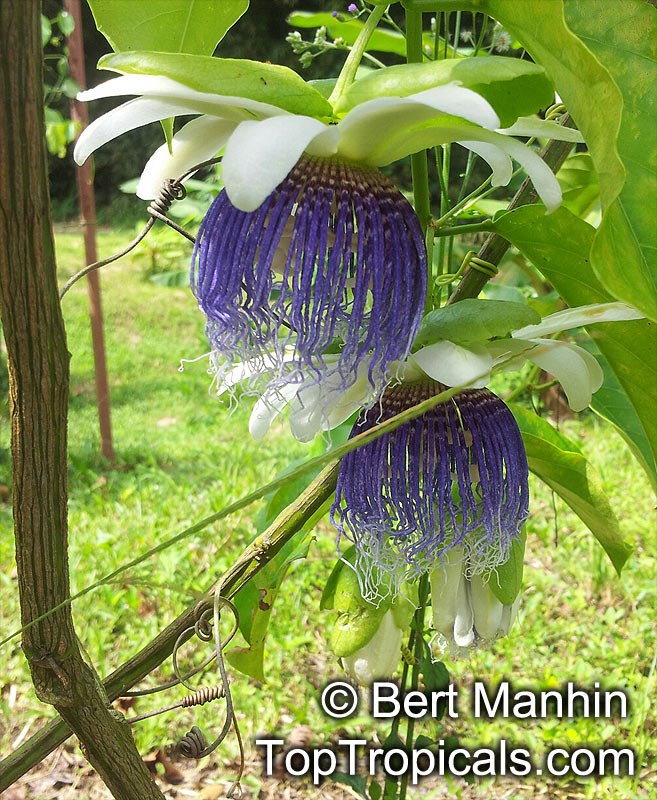
Passiflora nitida, Bell Apple, Water Lemon flowers
- 🍋 Passiflora nitida, also called Bell Apple or Water Lemon, is a rare gem among passion fruits, native to the lush Amazon jungle. Its orange-yellow fruits are much sweeter than typical passion fruits, with succulent, non-acidic pulp that’s irresistibly flavorful.
- 🍋 This tropical vine thrives in lowland regions from Costa Rica to Brazil, growing rapidly in warm climates.
- 🍋 Fruits: Small (up to 2 inches), orange-yellow, and incredibly sweet, best enjoyed fresh.
- 🍋 Flowers: Striking blue and red blooms, resembling those of P. laurifolia and P. quadrangularis.
- 🍋 Growth: A vigorous, fast-growing vine suited for tropical conditions; frost protection is essential.
- 🍋 Uses: Often eaten fresh but also a key ingredient in the refreshing drink "Purple Passion."
- 🍋 #Fun_Facts: Despite its sweet, crowd-pleasing taste, this fruit remains a relatively unknown delight, making it a treasure for tropical fruit enthusiasts.
🛒 Plant Water Lemon Passion Fruit
#Food_Forest
🔴 Join 👉 TopTropicals
